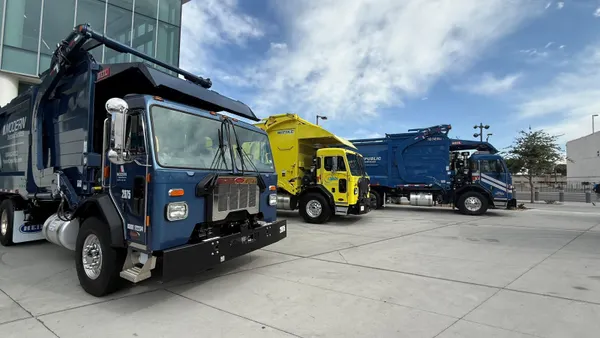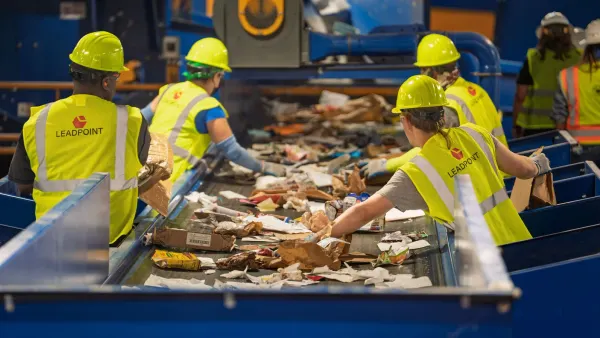Dive Brief:
- The Environmental Research & Education Foundation (EREF) released a report this week showing further increases to average national tipping fees, though the data reveals prices decreased in certain regions.
- EREF used its database of 1,540 Subtitle D municipal solid waste landfills across the country to gather 397 facility-owner surveys to portray pricing structures at each location.
- The average fee stands at $55.22 per ton nationally over $51.82 per ton in 2017. According to EREF, Pacific states now have the highest average tip fee at $68.46, followed by the Northeast at $67.39. South Central states remain the lowest at $34.80.
Dive Insight:
Three regions stood out due to the average decrease within those areas: The Midwest, Mountains/Plans and South Central regions of the U.S. all showed downward price trends, with average fees dropping by $3.38, $2.27 and $2.14, respectively.
The Pacific, Northeast and Southeast regions all showed a price increase, though the Northeast's increase was marginal at only $0.12 more over last year. The biggest price spike was in the Pacific region, which experienced an average price hike of $8.26. The Southeast increase came in at $2.31.
This data differs somewhat from research by Waste Business Journal, also based on surveys of landfill managers, that puts the average tip fee for 2017 at $50.30 and forecast a rate of $51.19 for 2018. The EPA cited WBJ data among its sources for tip fee calculations in a new report about 2015 trends released earlier this week.
This news comes on the heels of the EPA's report earlier in the week showing a static national recycling rate. Although the conclusion was based on data ending in 2015, some believe that future editions could reflect a shift of material to landfills or waste-to-energy facilities as a result of China's scrap import restrictions.
Another factor is that landfill capacity is expected to decrease by 15% in the next five years. The increased pressure on landfills from both the recycling market downturn and the usual issues of population growth will likely only push tipping fees up further in the short term.
It remains to be seen whether domestic recycling companies can come up with the necessary capital to invest in U.S. recycling infrastructure to stave off the trend. Landfill operators stand to profit if they can find ways to increase capacity, a prospect that can sometimes prove challenging given the political hurdles so often placed in their paths.









